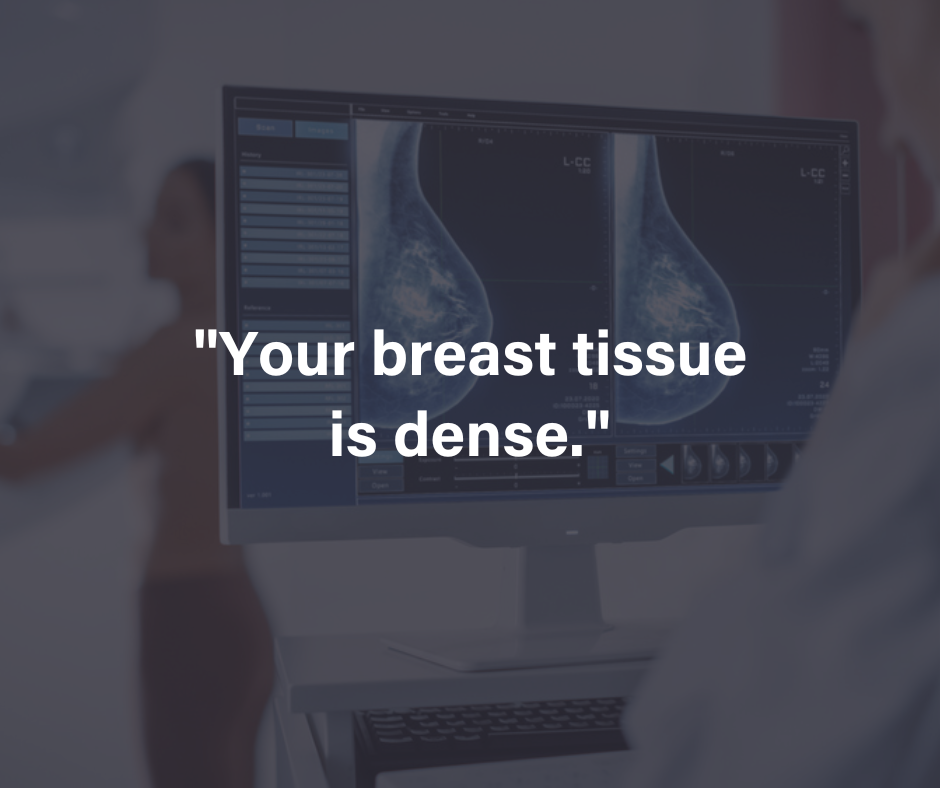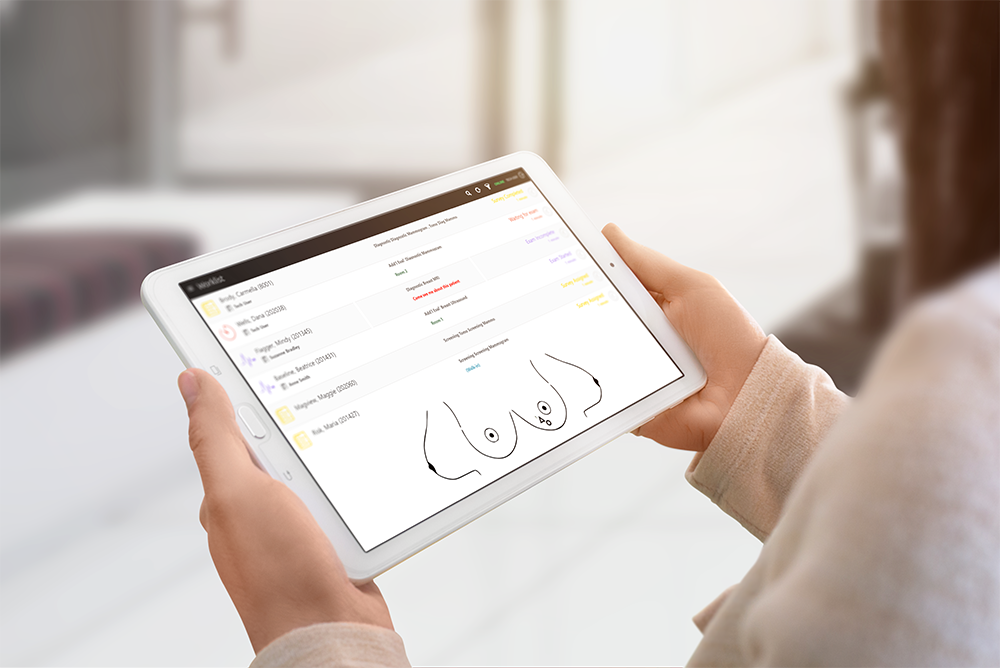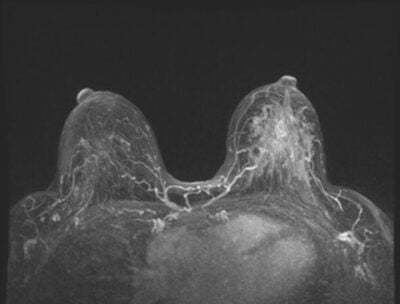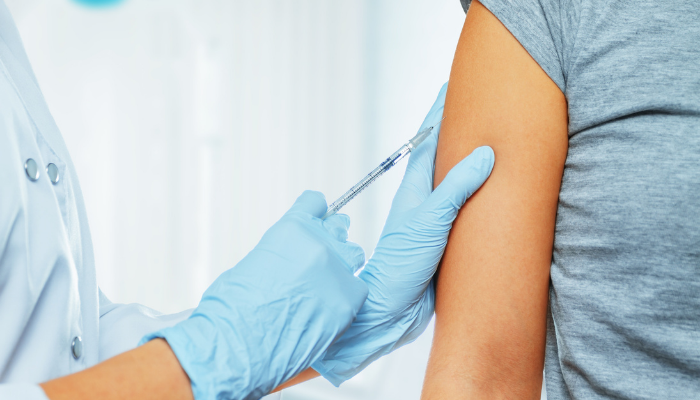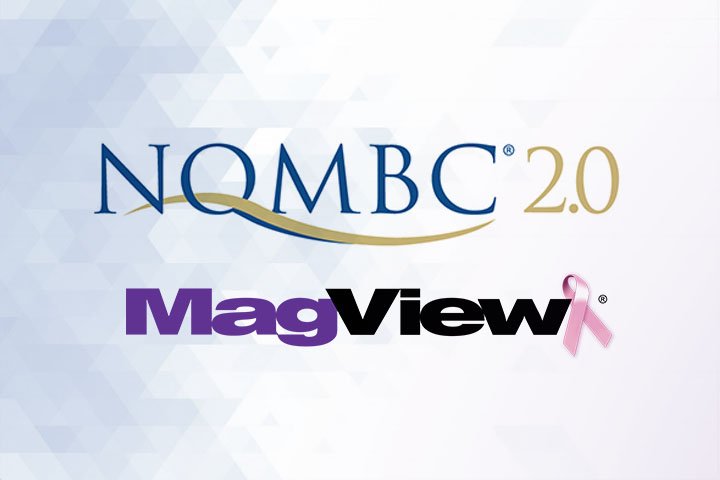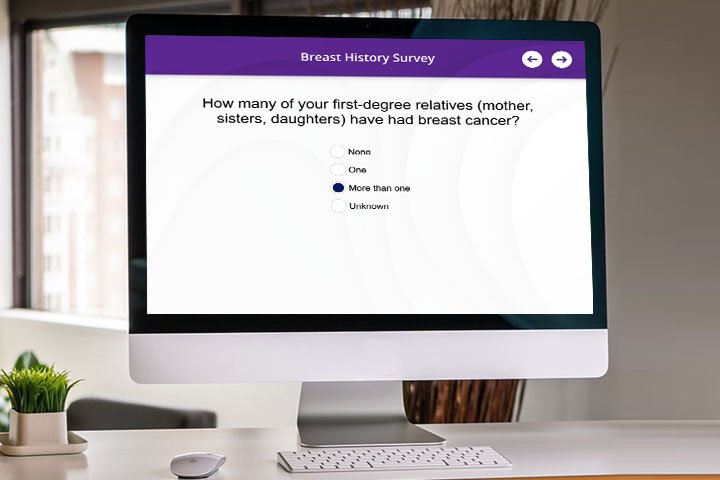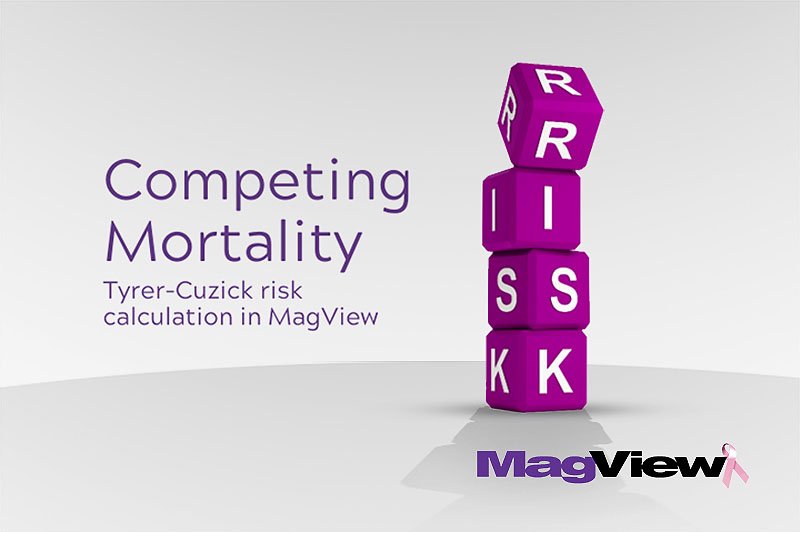Among breast cancer experts, Method of Detection (MOD) has been a hot topic for discussion — especially at the recent 2023 SBI Symposium. Unlike other countries, the U.S. doesn’t have a systematic method for gathering MOD data, nor a standardized reporting framework.
Here, we’ll provide an overview of MOD, as well as how MagView is stepping up to the plate to ensure our customers have what they need to collect MOD information.
What is MOD?
According to the American College of Radiology (ACR), the “initial Method of Detection (MOD) is the first imaging test or sign or symptom that triggered the subsequent workup and diagnosis of breast cancer.”
“When national service-screening programs and registries were built in the 1980s and 1990s, the choices for initial MOD were limited,” the ACR says. “Screen-film mammography was the only image-based screening test. Today, initial MOD can include multiple other image-based screening modalities.”
Here are some of the additional ways initial MOD can be determined:
- “Screening with FFDM, digital breast tomosynthesis (DBT), ultrasound, MRI and other tests can now provide the earliest evidence of breast cancer.”
- “Self-examination and clinical breast examination (CBE), which detect lumps, thickening or tenderness, can also be the initial MOD leading to a diagnosis.”
- “Patients may also trigger detection of breast cancer when they seek care for nipple discharge, erythema, pain, dimpling or skin ulceration.”
- “In addition, other imaging or laboratory tests not designed to evaluate the breast, such as abdominal CT or brain MRI, may also offer the initial findings of metastases that lead to a diagnosis of breast cancer.”
Why should you track MOD?
The ACR says there are a variety of important reasons to track MOD, including the fact that:
- “Many other nations track the performance and results of screening mammography for every patient.
- USA cancer registries do not include MOD data or a direct registry link from the MOD to specific patients and their outcomes.
- Mortality from breast cancer continues to decrease in the USA but the debate over when to start and how often to screen patients rages on in the USA.
- Without tracking MOD, we cannot fully understand the fundamental impact of screening, or the lack thereof, on treatment and outcomes in diverse racial and socioeconomic communities in the USA.”
According to the ACR, if MOD can be “assigned and collected accurately and without bias for each patient,” that would provide “new primary data, rather than models based on historic data that may no longer accurately represent the diversity of our screening-eligible population or advances in screening technologies.”
“Concrete, patient-specific data could bring the ACR, USPSTF and ACS to consensus recommendations for screening,” the ACR says. “We could employ the MOD-inclusive data to answer numerous national population-based questions about how screening relates to efficacy, equity, treatment, and breast cancer.”
How to track MOD
Within MOD discussions at the recent SBI meeting, one of the top-of-mind issues was about how to track MOD.
According to the ACR, the process starts with asking, “What was the first thing to trigger the work-up that ultimately led to the recommendation for biopsy?”
The MOD is then assigned based on “prior imaging and clinical criteria.”
There are three basic categories for initial MOD:
- S – image-based Screening detection in asymptomatic patients — which includes diagnostic or screening exams for asymptomatic patients in follow-up after completing treatment
- P – Patient detected by self-exam or symptom, or Provider detected with clinical exam
- N – None of the above OR Not S and Not P (distant metastasis, CT, labs, non-breast biopsy, etc.)
Each has specific sub-categories, which are captured in ACR’s One Page Quick Reference.
How MagView supports the collection of MOD data
With MagView, we’ve got you covered when it comes to collecting MOD data.
When the radiologist is reporting and positive findings are entered (BI-RADS 4 or 5), the radiologist will be presented with the default MOD based on information already in the MagView system. If the radiologist wants to change the MOD, they can do so. Of course, the MOD can also be included in the final report.
And the good news is that a version update won’t be needed to access this functionality since MagView can support the collection of MOD and other data included in the requirements for the National Mammography Database submission (NMD v. 3.4) with some configuration of your existing setup.
To learn more about how MagView can help your breast center gather MOD data, contact the MagView Support Department.
And in the meantime, you might want to check out these ACR resources:
- How and Why to MOD (initial Method of Detection)
- MOD One Page Quick Reference
- How to Assign MOD in Diagnostic Reports
- MOD: The Missing Piece in U.S. Cancer Registries

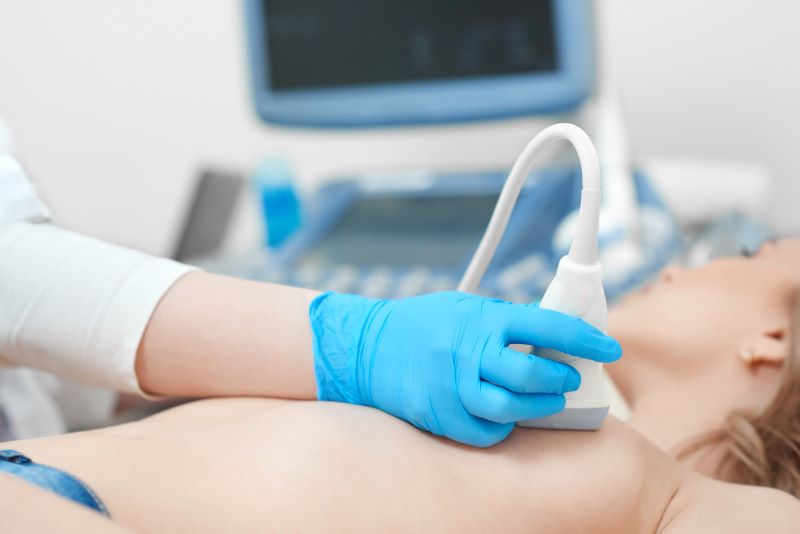

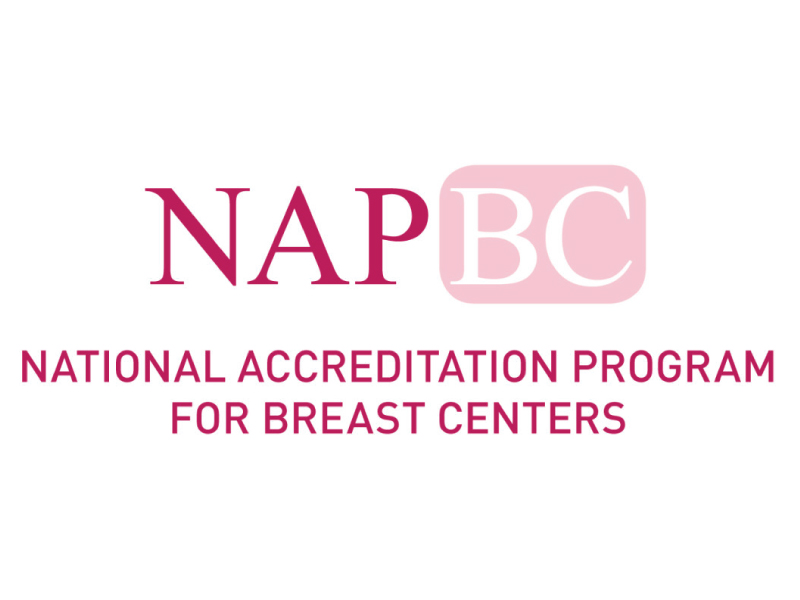
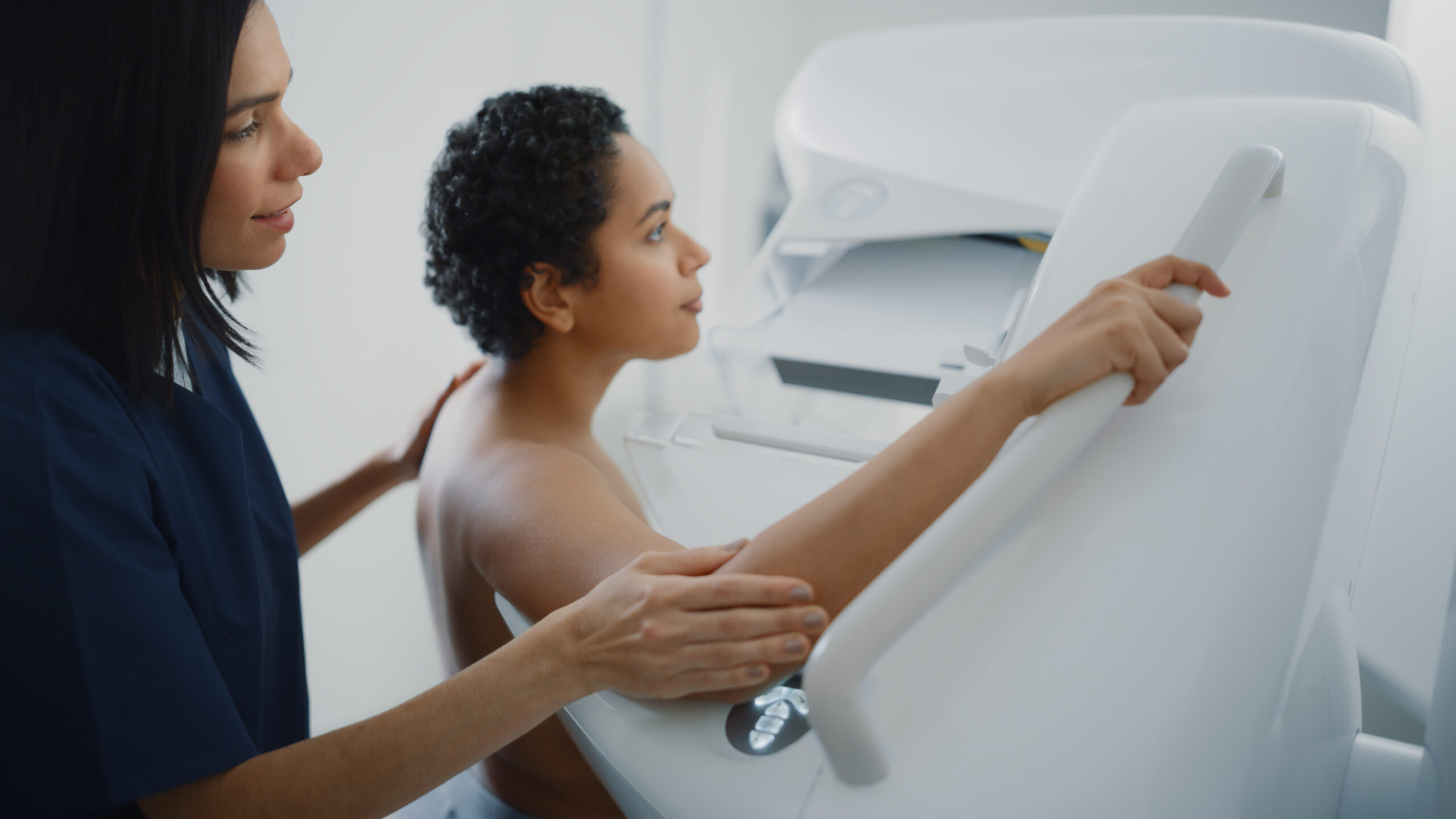
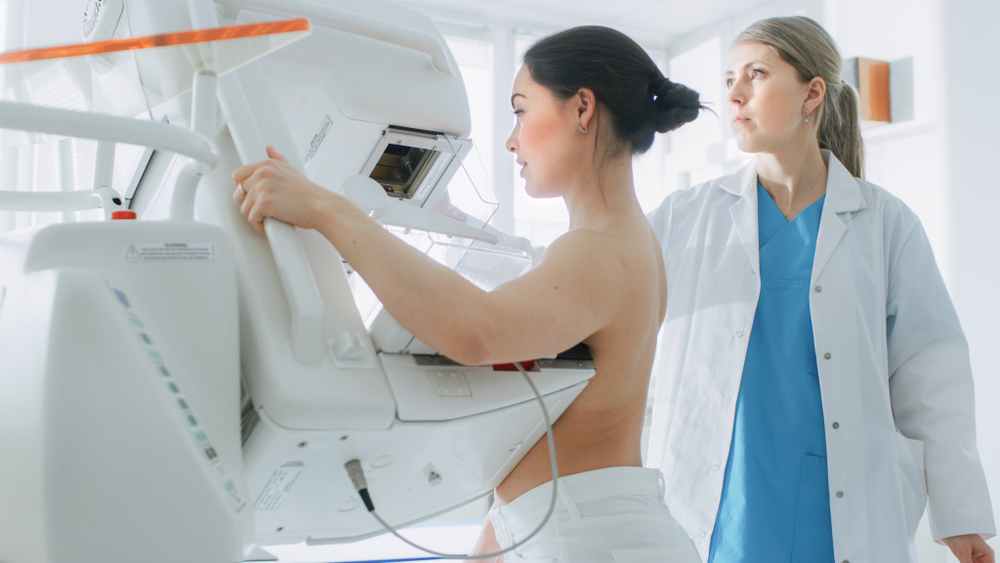
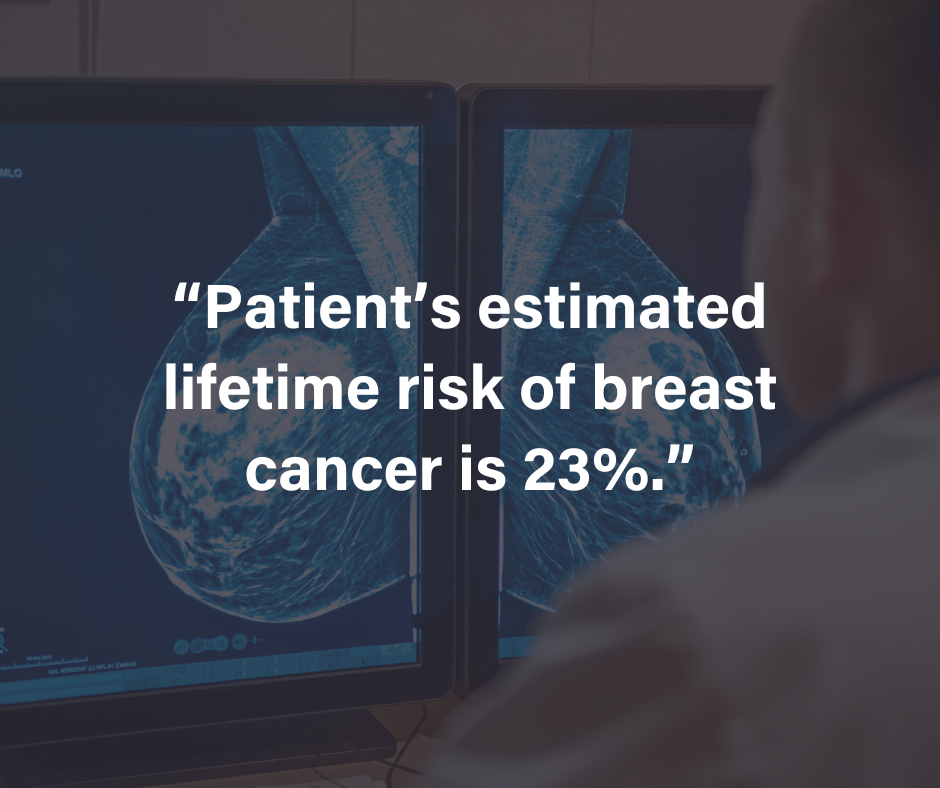







![monitoring breast density shutterstock_1299510538-[Converted]](https://magview.com/wp-content/uploads/2023/05/shutterstock_1299510538-Converted.jpg)

